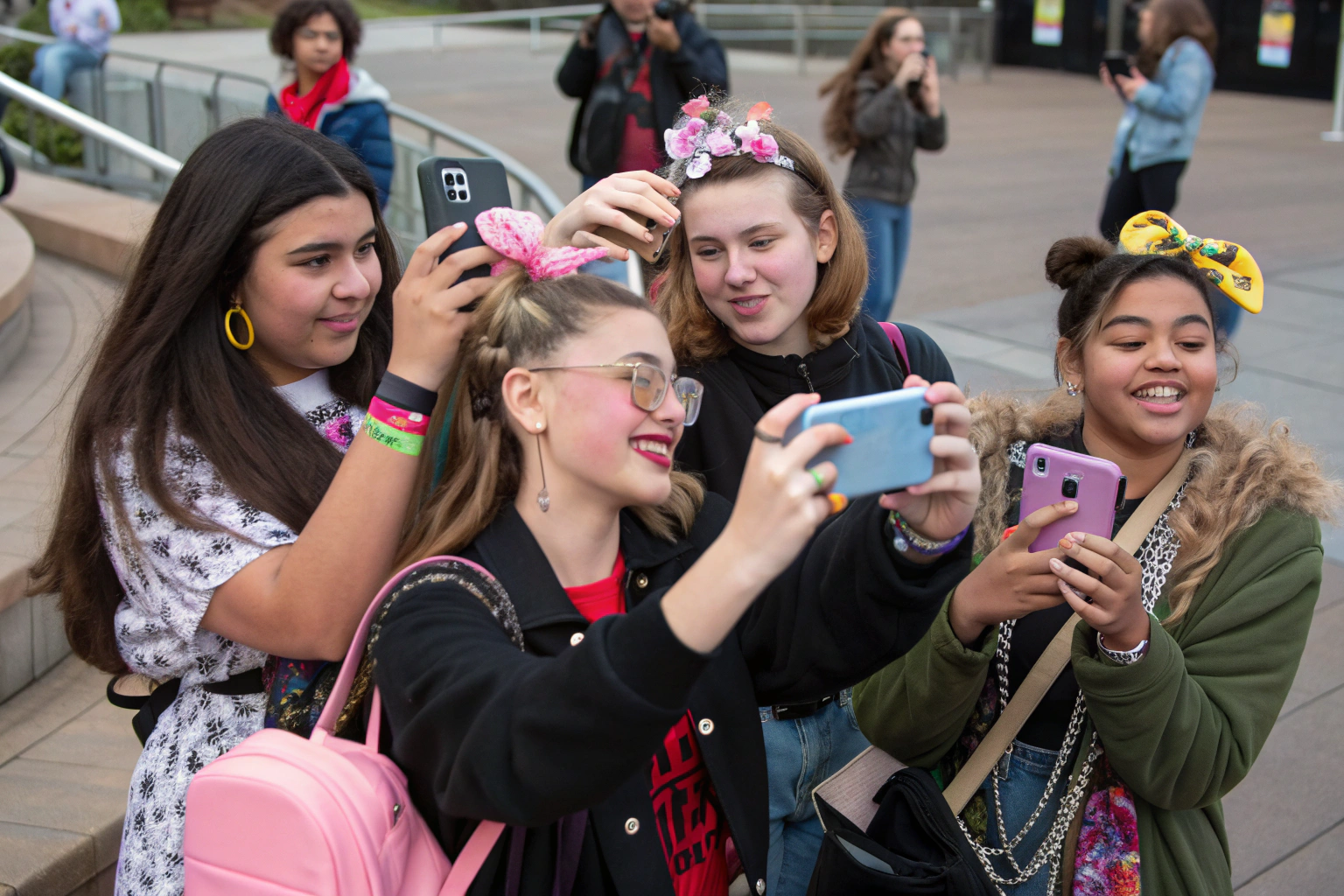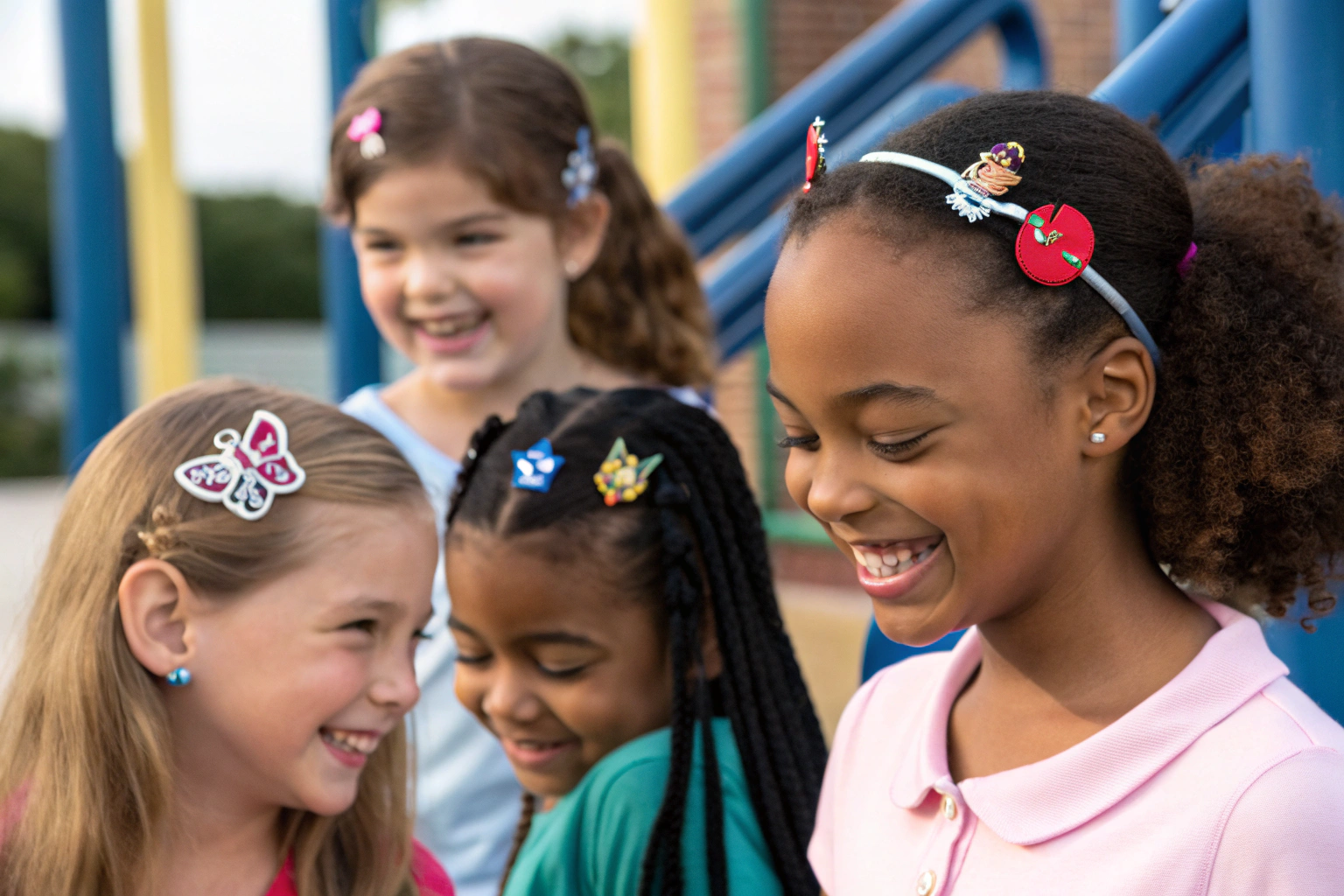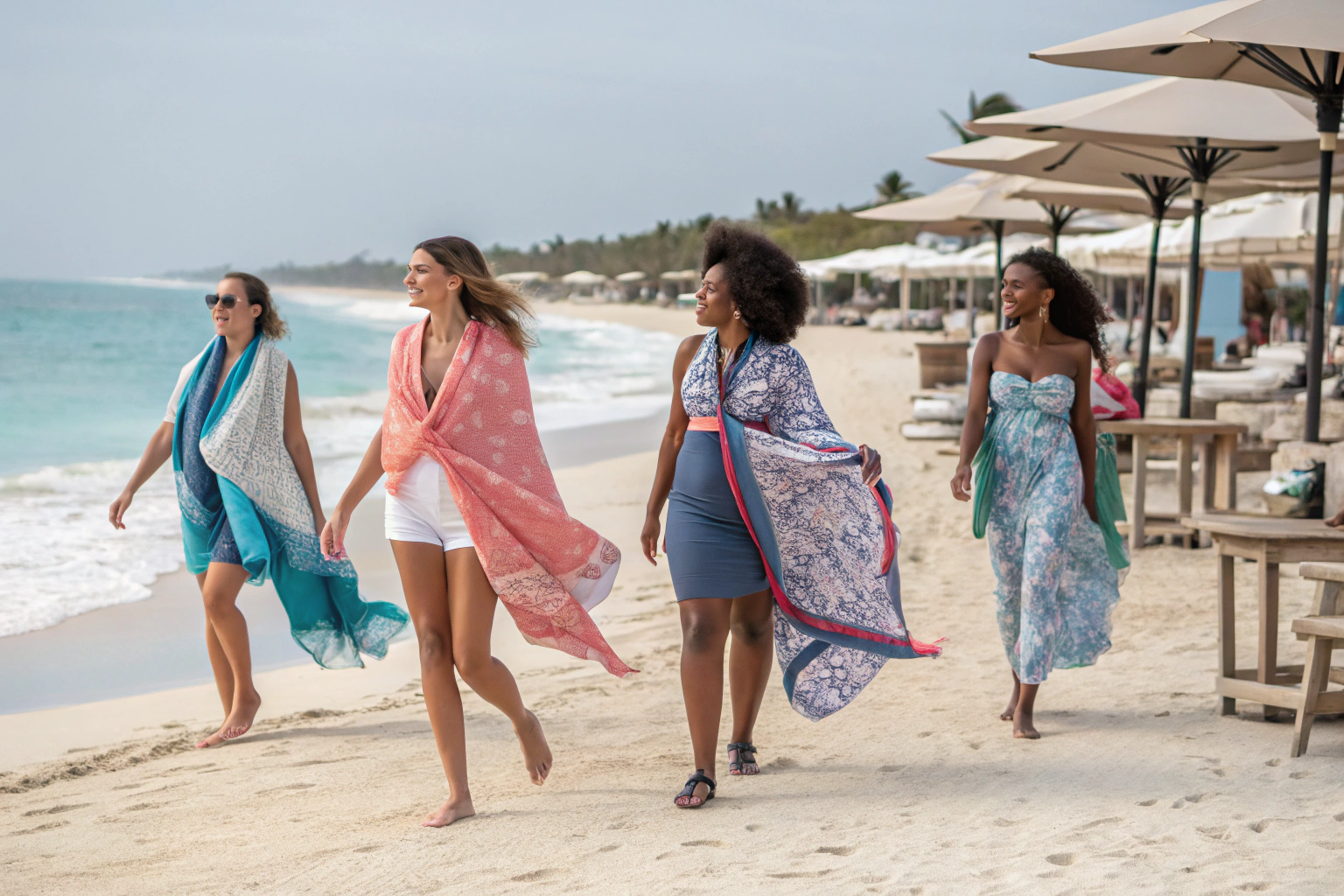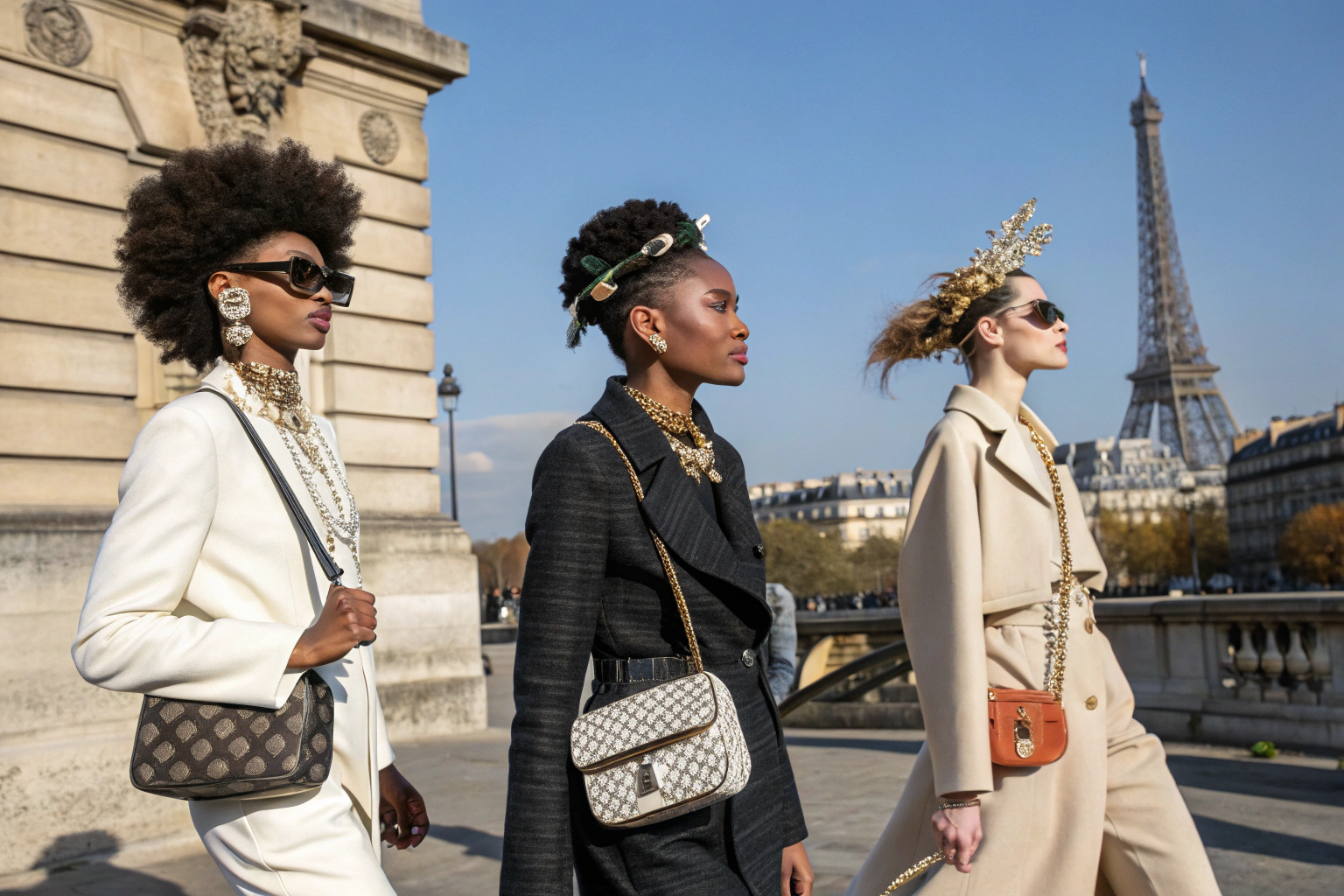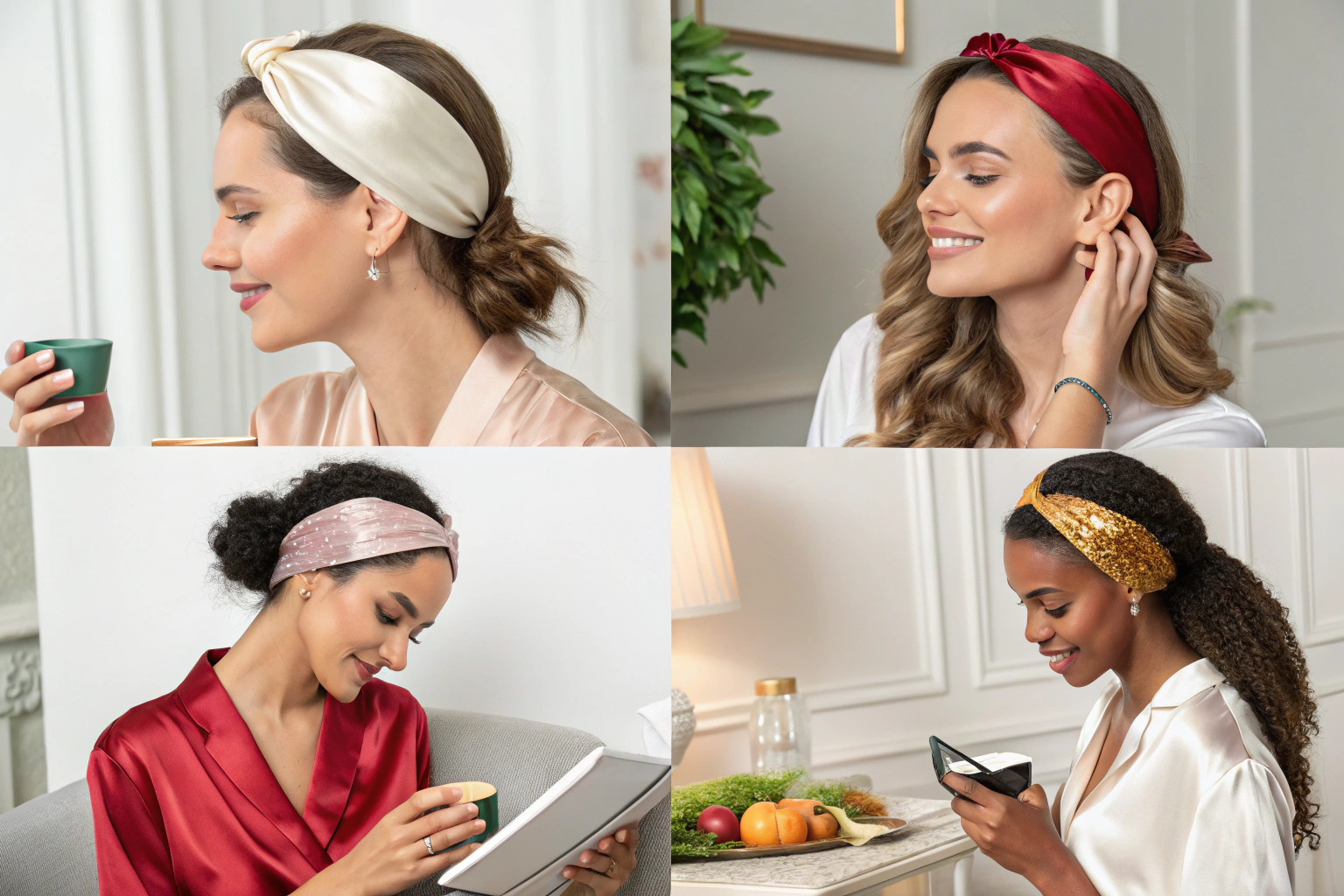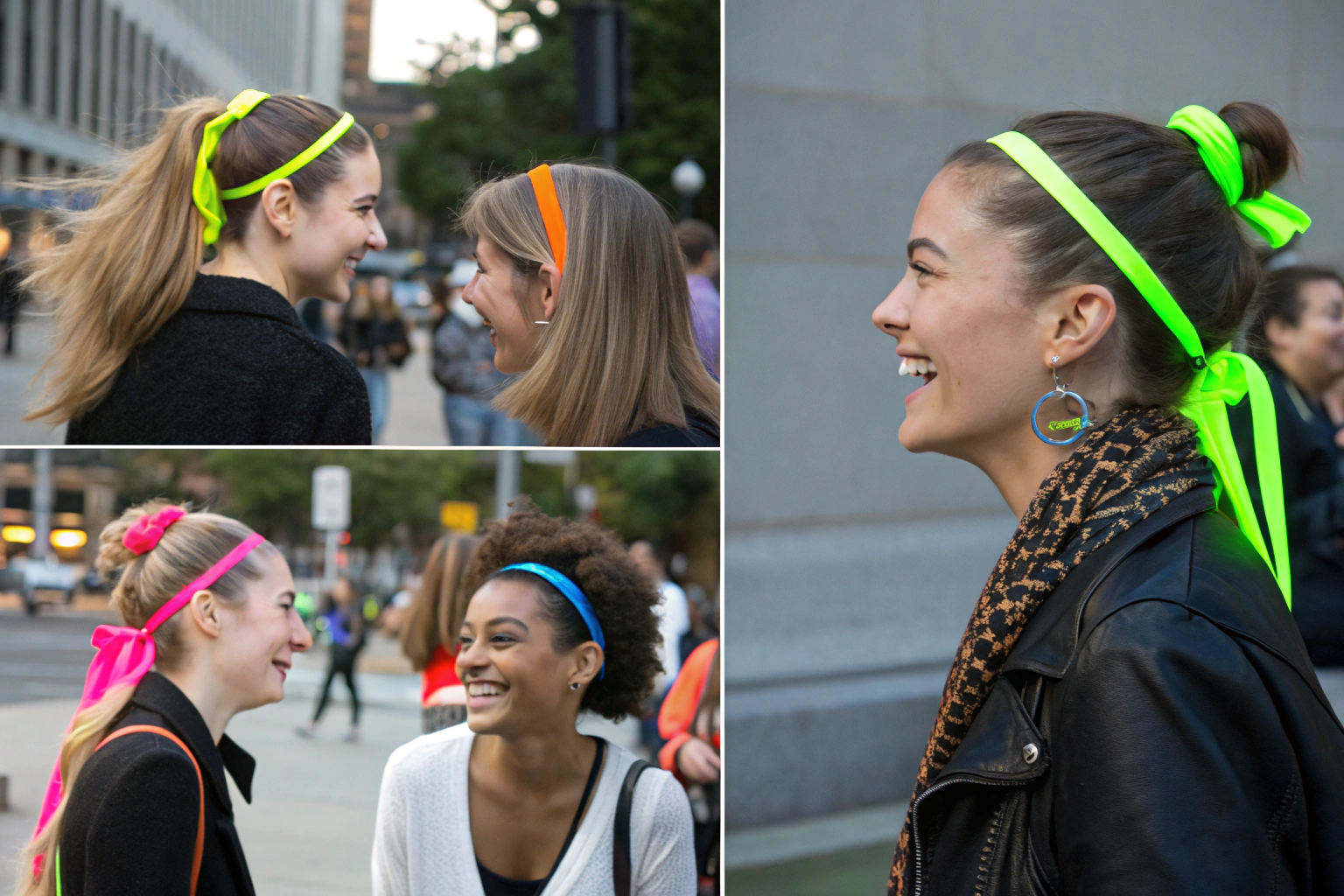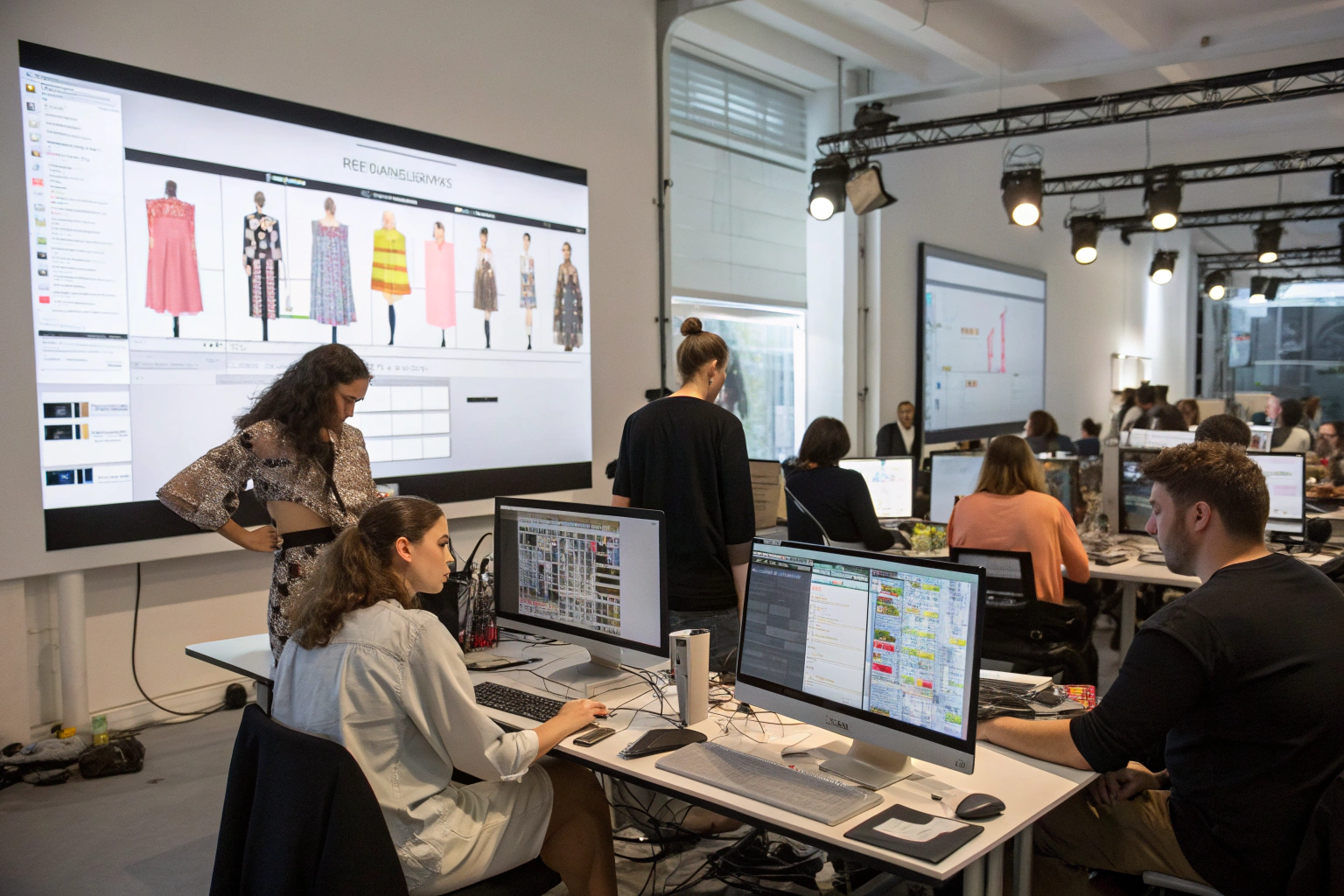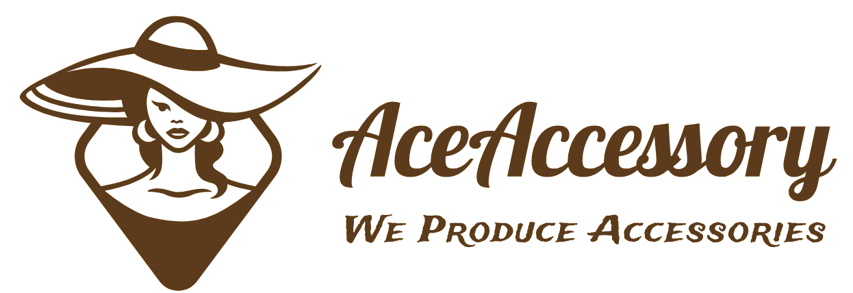The teen accessory market represents one of the most dynamic yet challenging segments in the fashion industry. Teenagers have specific tastes, rapidly changing preferences, and a keen eye for authenticity that makes designing for them particularly complex. Many brands struggle to connect with this demographic despite their significant purchasing power and influence.
Creating accessories that appeal to teens requires understanding their values around self-expression, social media presence, affordability, and brand authenticity. Successful teen-focused accessories balance trend awareness with individuality, digital sharability with physical quality, and brand identity with personal customization.
After developing accessory collections for major retailers targeting teenage consumers, we've identified the key strategies that separate successful products from those that miss the mark. Here's how to create accessories that genuinely resonate with today's teens.
What design elements resonate with teenage consumers?
Teen accessory preferences are shaped by a complex mix of social media influence, peer validation, and the desire for individual expression within accepted trend parameters. Understanding these design priorities is essential for creating products they'll actually want to wear.
Teen-focused accessories should feature bold but wearable designs, customization options, nostalgic elements with modern twists, and versatility across multiple outfits and occasions. These characteristics allow for both self-expression and practical everyday use.
Why does customization appeal to teen consumers?
Personal expression drives teen purchasing decisions more than almost any other factor. Accessories that can be personalized, customized, or styled in multiple ways allow teens to put their individual stamp on trends rather than simply copying what everyone else is wearing. We've found that hair clips with interchangeable elements, mix-and-match jewelry components, and accessories that can be worn multiple ways consistently outperform static designs. The ability to create unique combinations provides both creative satisfaction and social media content opportunities that teens value highly.
How do nostalgia cycles influence teen accessories?
Generational rediscovery brings back trends from the recent past with fresh interpretations. Teens are currently embracing Y2K aesthetics, 90s minimalism, and 80s boldness—but always with contemporary updates that make the styles feel current rather than costumey. The table below shows how nostalgia influences different accessory categories:
| Era | Key Accessory Trends | Modern Teen Interpretation |
|---|---|---|
| Y2K (2000s) | Butterfly clips, chokers, mini bags | Smaller scale, higher quality materials, subtle branding |
| 90s | Scrunchies, minimal jewelry, bucket hats | Sustainable materials, inclusive sizing, gender-neutral designs |
| 80s | Statement earrings, bright colors, plastic jewelry | Toned-down color palettes, mixed materials, wearable proportions |
| 70s | Bandanas, layered necklaces, fringe | Modern silhouettes, updated patterns, contemporary color stories |
Our design team carefully studies these nostalgia cycles to create accessories that feel familiar yet fresh—a combination that consistently resonates with teenage consumers.
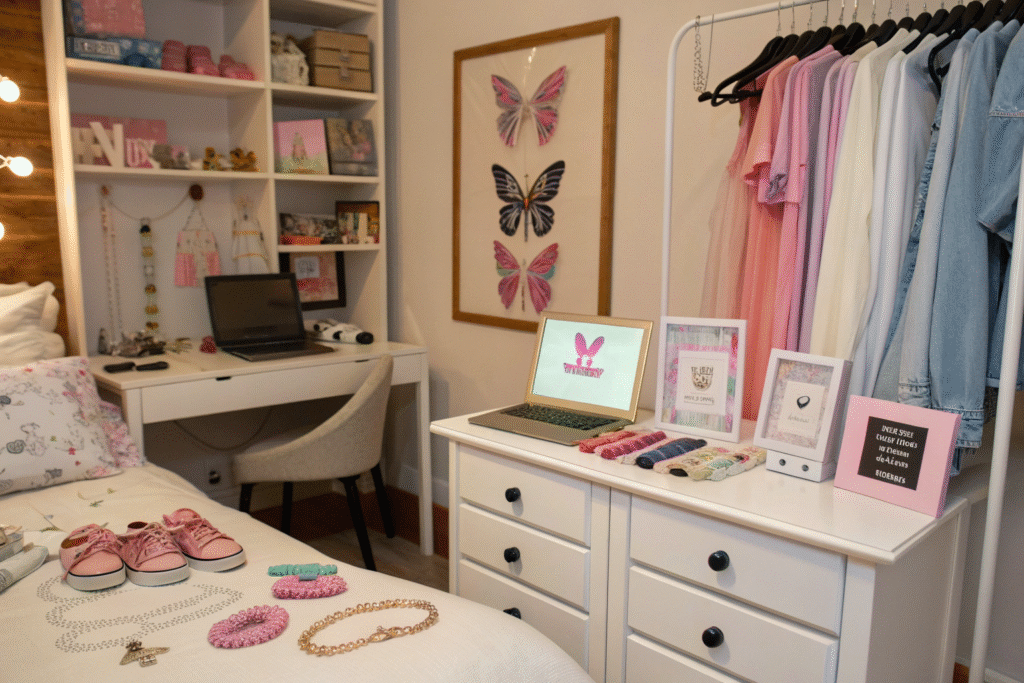
How does social media impact teen accessory preferences?
Social media platforms don't just showcase accessories to teens—they fundamentally shape what types of products succeed. The most successful designs consider how accessories will photograph, video, and integrate into digital content creation.
Accessories that perform well on social media typically feature movement, interesting textures, recognizable silhouettes, and photogenic details that stand out in feeds and stories. These visual characteristics increase their likelihood of being shared and tagged.
What makes accessories "Instagrammable"?
Visual drama creates share-worthy content that teens want to feature in their social media posts. Elements like iridescent surfaces, moving components, unexpected scale, or unique textures photograph well and create engagement. Our most successful social media-friendly accessories often incorporate elements like holographic finishes, charm details that move and catch light, or translucent materials that interact interestingly with different lighting conditions. These features don't just look good in person—they create dynamic content that stands out in crowded social feeds.
How do TikTok trends influence accessory design?
Micro-trend velocity on TikTok requires faster response times than traditional fashion cycles. Trends that might have developed over seasons now emerge and fade within weeks, requiring manufacturers to be exceptionally agile. We've adapted our production processes to accommodate smaller batches with faster turnaround times specifically for TikTok-driven trends. This approach allows our retail partners to capitalize on viral moments without committing to large inventories that might become outdated quickly. The ability to respond to these micro-trends has become increasingly important for maintaining relevance with teen consumers.
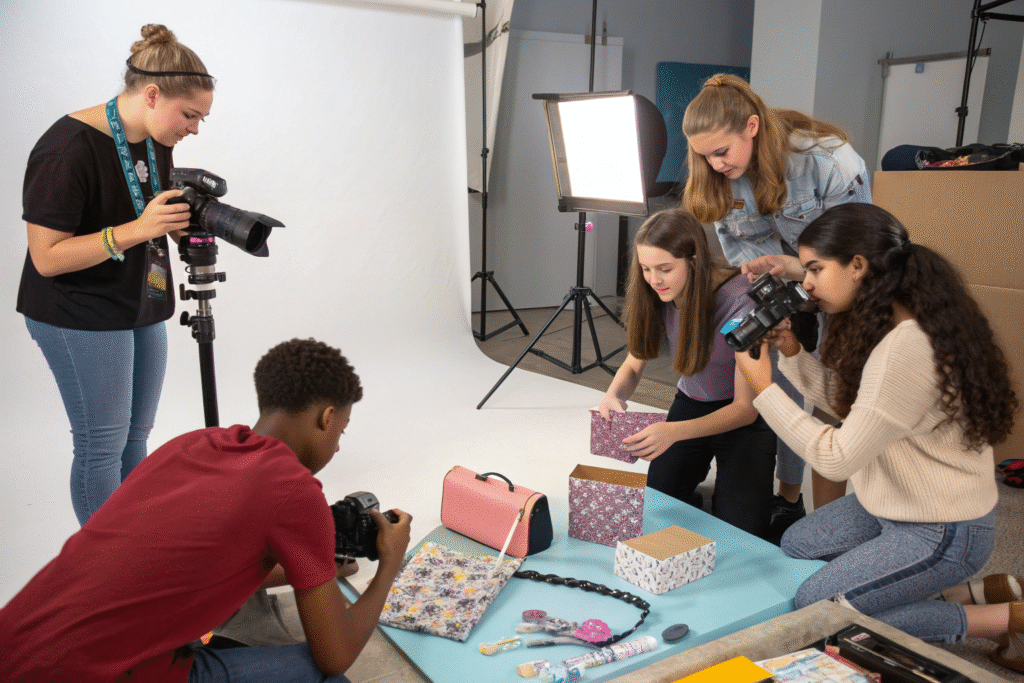
What pricing strategies work for teen accessories?
Teen spending power exists within specific parameters that make pricing particularly important. While teens value quality and brand identity, their limited budgets require strategic pricing that delivers perceived value at accessible price points.
Successful teen accessory pricing balances affordability with perceived quality, offers entry-level options alongside premium pieces, and creates opportunities for collection-building through coordinated but separately purchased items.
Why does tiered pricing appeal to teen shoppers?
Budget flexibility allows teens with different financial situations to participate in trends and brand communities. Offering good-better-best pricing tiers within collections means a teen can buy into a trend with an affordable piece while aspiring to save for more premium items. Our approach typically includes:
- Entry Level ($5-15): Simple designs, fewer customization options, basic materials
- Mid Range ($16-30): Better materials, more design details, some customization
- Premium ($31-50): Highest quality materials, full customization, limited editions
This structure allows for multiple purchase occasions as teens can start with accessible pieces and trade up as their budgets allow or as their commitment to particular styles deepens.
How can accessories encourage multiple purchases?
Collection-building design creates natural add-on opportunities that increase average order value. When hair clips, jewelry pieces, or bags coordinate across a collection but work as standalone items, teens are more likely to purchase multiple pieces over time. We design our teen-focused collections with mix-and-match compatibility in mind, ensuring that colors, materials, and design elements work across multiple products. This approach not only increases sales but also helps teens develop their personal style through curated collections that feel intentional rather than random.
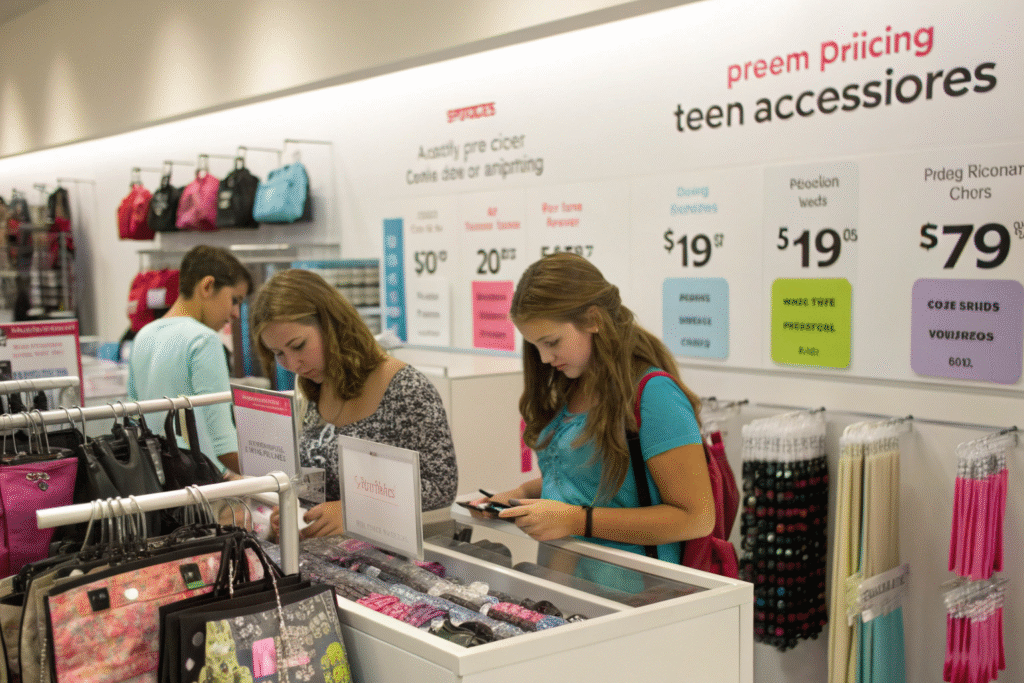
How important is brand values and sustainability to teens?
Modern teen consumers are increasingly conscious of brand ethics, environmental impact, and social responsibility. While style and price remain important, values alignment has become a significant factor in purchasing decisions for this demographic.
Teens expect brands to demonstrate authentic commitment to sustainability, diversity and inclusion, and social responsibility. These values must be integrated genuinely throughout the business rather than treated as marketing tactics.
What sustainability practices resonate with teens?
Transparent environmental efforts that go beyond surface-level claims build trust with teen consumers. Our research shows that teens respond particularly well to:
- Clear information about materials and sourcing
- Recycling or take-back programs for old accessories
- Minimal, recyclable packaging
- Carbon-neutral shipping options
- Support for environmental causes
We've developed sustainable accessory lines specifically for teen retailers that include these elements, along with clear communication about the environmental benefits. This approach has helped our partners build loyalty with environmentally conscious teen consumers who increasingly factor sustainability into their purchasing decisions.
How does inclusivity impact teen accessory design?
Size and style diversity has become non-negotiable for teen-focused brands. Today's teens expect to see themselves represented in marketing materials and to find products that work for their specific needs. This includes:
- Hair accessories that work for all hair types and textures
- Jewelry in inclusive sizing
- Gender-neutral design options
- Representation across abilities, body types, and backgrounds in marketing
Our product development process now includes testing across diverse groups to ensure our accessories work for the broadest possible range of teens. This commitment to inclusivity isn't just ethically important—it's commercially essential for connecting with today's diverse teenage market.
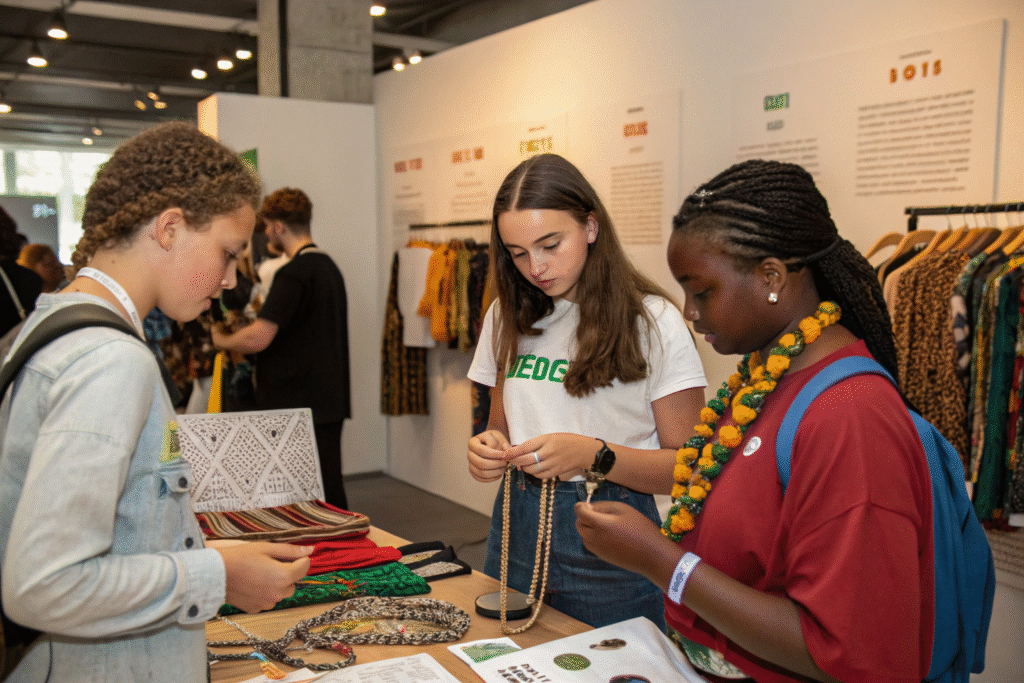
Conclusion
Creating accessories that appeal to teens requires understanding their unique position at the intersection of self-discovery, digital native culture, and values-driven consumption. The most successful products balance trend awareness with individuality, digital presence with physical quality, and accessible pricing with perceived value. Brands that genuinely understand and respect teen consumers—rather than simply trying to sell to them—have the greatest success in this dynamic and influential market.
If you're looking to develop accessory collections that genuinely connect with teenage consumers, we invite you to contact our Business Director, Elaine. She can guide you through our teen-focused design and marketing strategies. Reach her at: elaine@fumaoclothing.com.

